Fir Tree Root System
Fir tree root system. Primary roots that are perennial and secondary roots that grow in waves as the canopy is expanding. They can tolerate either alkaline or acidic soil as long as it is very well-drained they will not exist in clay-like soil conditions. A trunk buried below the soil surface or an absence of a root flare Bottle trunk.
The root structure of a young fir tree whose original life-giving stump has rotted out from under the new tree Digging out Gardener replanting small coniferous tree root system seasonal work. All in all these factors add up to a tree not hardy enough to withstand years of exposure to the elements so any cottonwood you plant may come down sooner rather than later. Abnormal bulges in the trunk Cracks in the trunk Bleeding or oozing down the trunk Fine sawdust at the base of the tree indicating insect infestations Fungi at the base of the tree or fruiting bodies called conks emerging from the tree trunk.
This tree is very closely related to the Balsam fir tree abies balsamea and is sometimes considered as being a subspecies. The Douglas-fir trees root system consists of a strong taproot secondary supporting taproots lateral roots and fine roots. It also has a weak wood structure.
Most tree roots spread 2-3 times the radius of the canopy and often reach out 5 times the radius of the tree canopy or more in dry conditions. A process cast-and-wrought CW or powder hot isostatic pressing HIPping forging or extrusion PHF PFE is developed. The mycorrhizal association is beneficial to both the tree and the fungus.
The root spread 2 to 3 x canopy radius 2 to 3 x 3m 6m to 9m. The Fraser fir tree is a fir species that is native to the Appalachian mountains of the southeastern United States. But the tree is named after the Scottish.
With it strong branching characteristics are not effected by heavy snow and ice and does little damage. It is important to give a Redbud tree suffering from verticillium wilt a deep root watering at least twice or three times a week. While the majority of the root system is densely packed near the stem of the tree roots may extend as much as 10 feet vertically and horizontally from the tree base.
Most roots grow within the top foot 30 cm of the surface. They grow in soil that is derived from dolomite limestone sandstone or quartzite.
These small conifers grow to between 30 and 50 ft.
Most tree roots spread 2-3 times the radius of the canopy and often reach out 5 times the radius of the tree canopy or more in dry conditions. If there are you can put a physical barrier between the tree and the foundation. Fraser firs are sometimes misspelled Frazier Frasier or Frazer. Most roots grow within the top foot 30 cm of the surface. While the majority of the root system is densely packed near the stem of the tree roots may extend as much as 10 feet vertically and horizontally from the tree base. The Douglas fir in windbreaks will grow up to 75ft and 20 ft wide and has a wide spreading root system. I found that EPDM pool liner provides an inert barrier that does not degrade and will prevent roots from passing through it. A trunk buried below the soil surface or an absence of a root flare Bottle trunk. In the wild this tree can grow over 100 ft tall and many large and beautiful species can be seen in the vicinity of Durango Colorado.
They grow in soil that is derived from dolomite limestone sandstone or quartzite. Root System of a Douglas Fir Root Structure. In the wild this tree can grow over 100 ft tall and many large and beautiful species can be seen in the vicinity of Durango Colorado. A trunk buried below the soil surface or an absence of a root flare Bottle trunk. The root system of fir-tree best of all develops on clay and sandy soils. Pine trees are not known for having invasive root systems but if the soil is dry roots will go where the water is. Abnormal bulges in the trunk Cracks in the trunk Bleeding or oozing down the trunk Fine sawdust at the base of the tree indicating insect infestations Fungi at the base of the tree or fruiting bodies called conks emerging from the tree trunk.




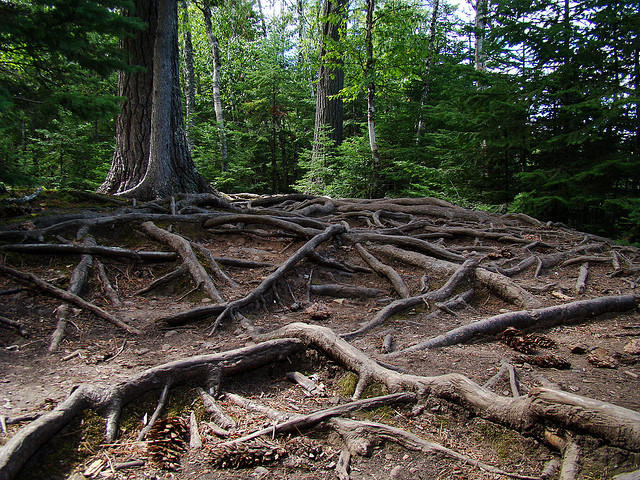




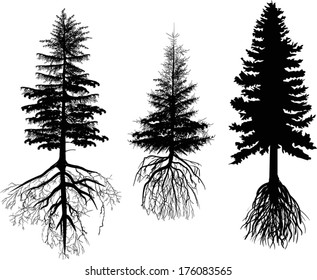
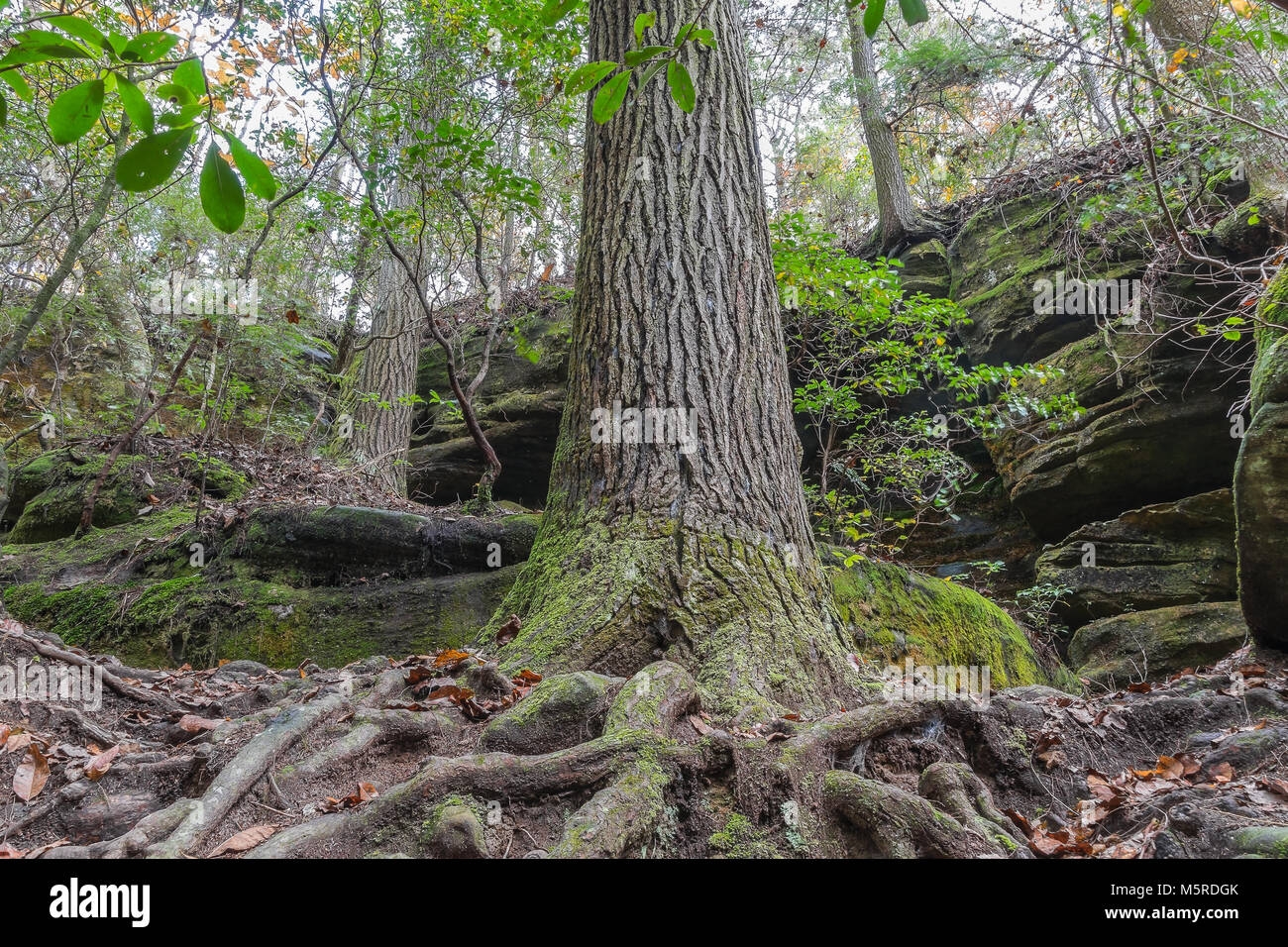
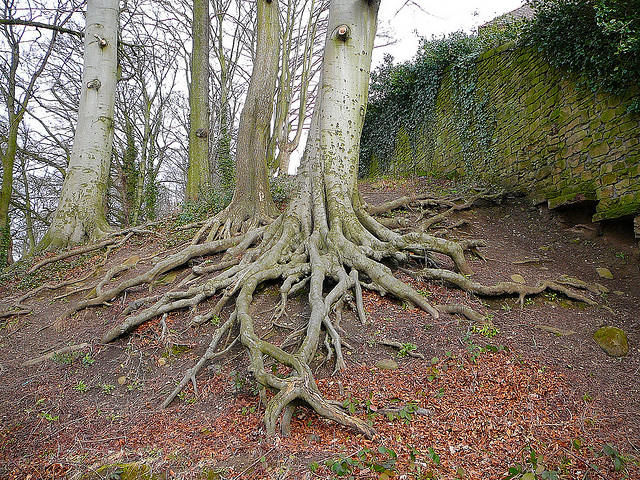
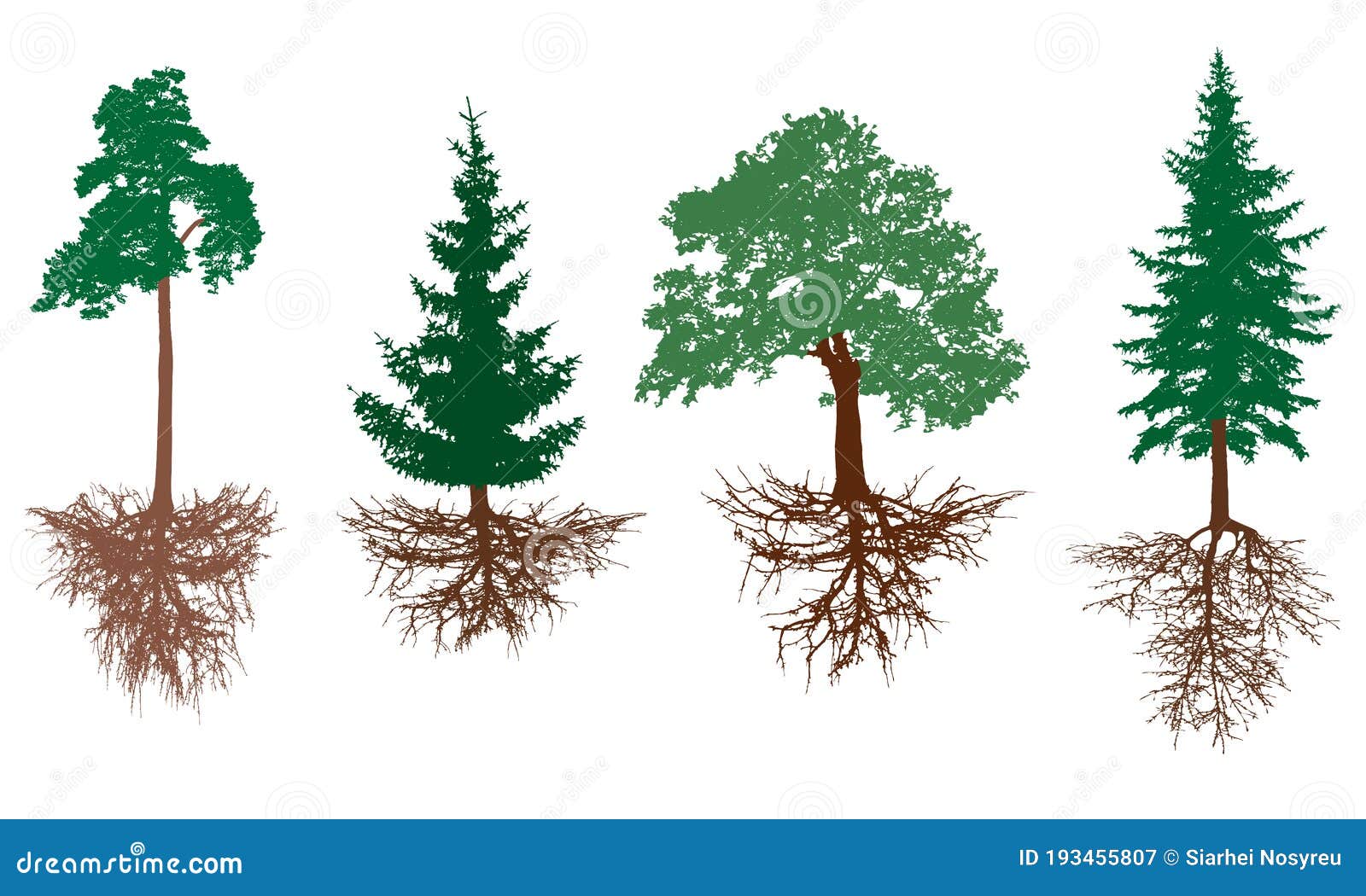

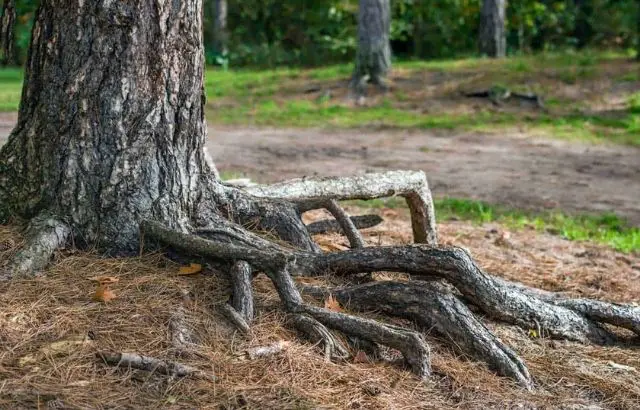
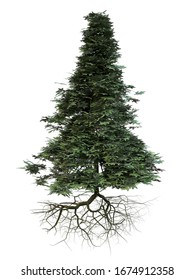


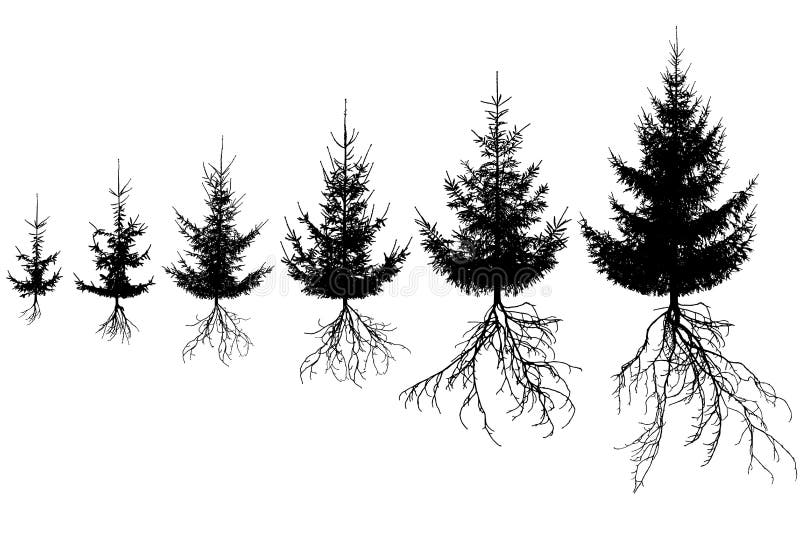
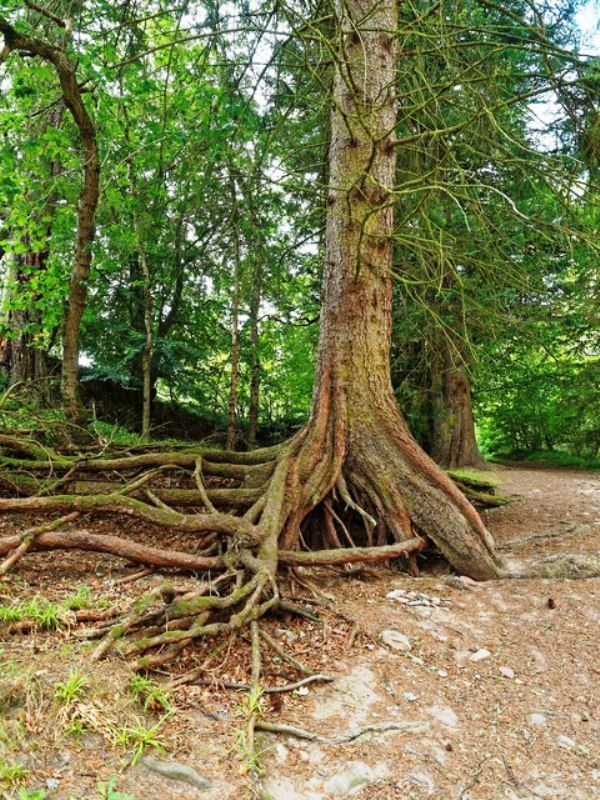
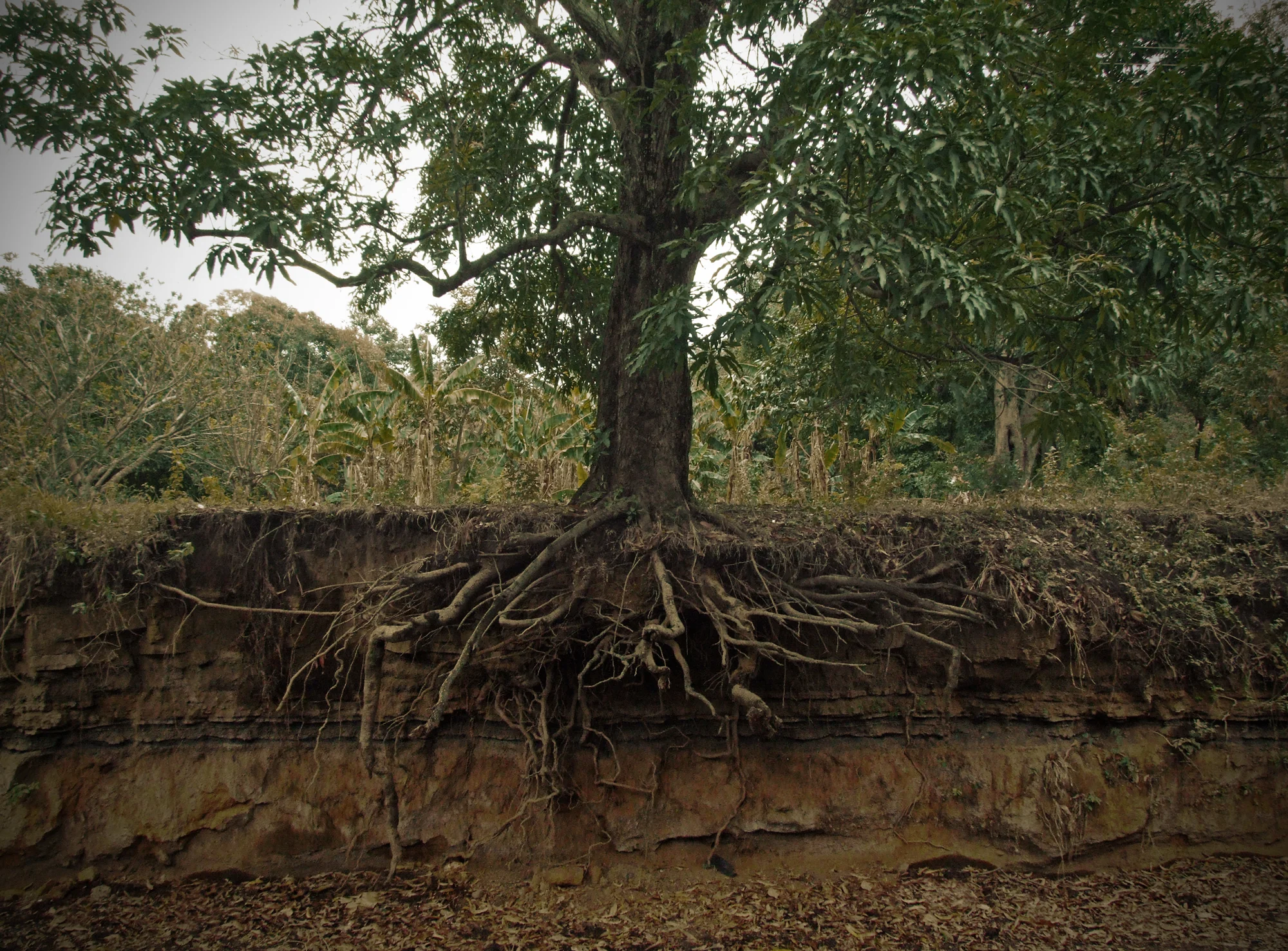





/exposed-tree-roots-big-583c7d7c3df78c6f6a6bf0af.jpg)







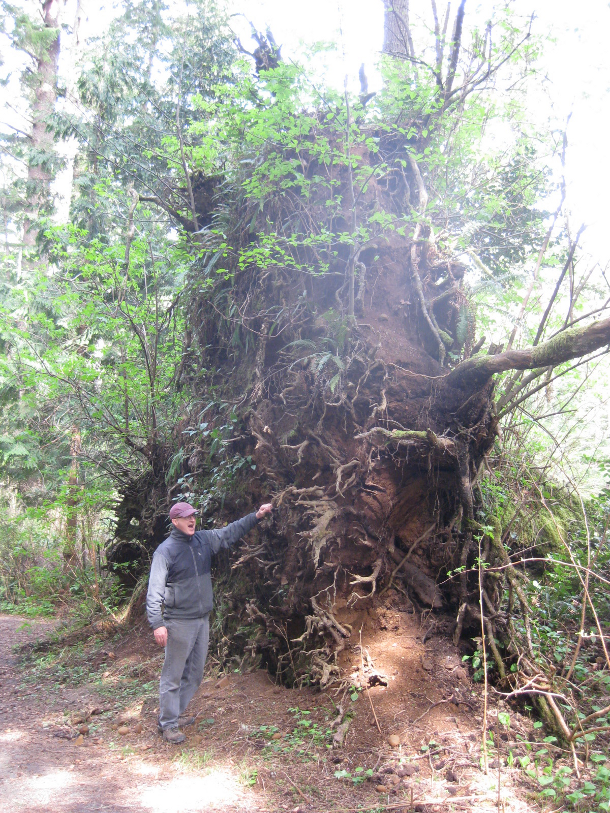
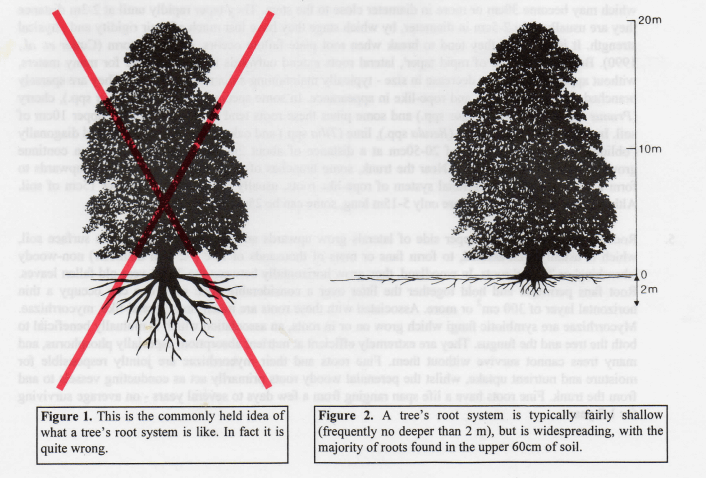
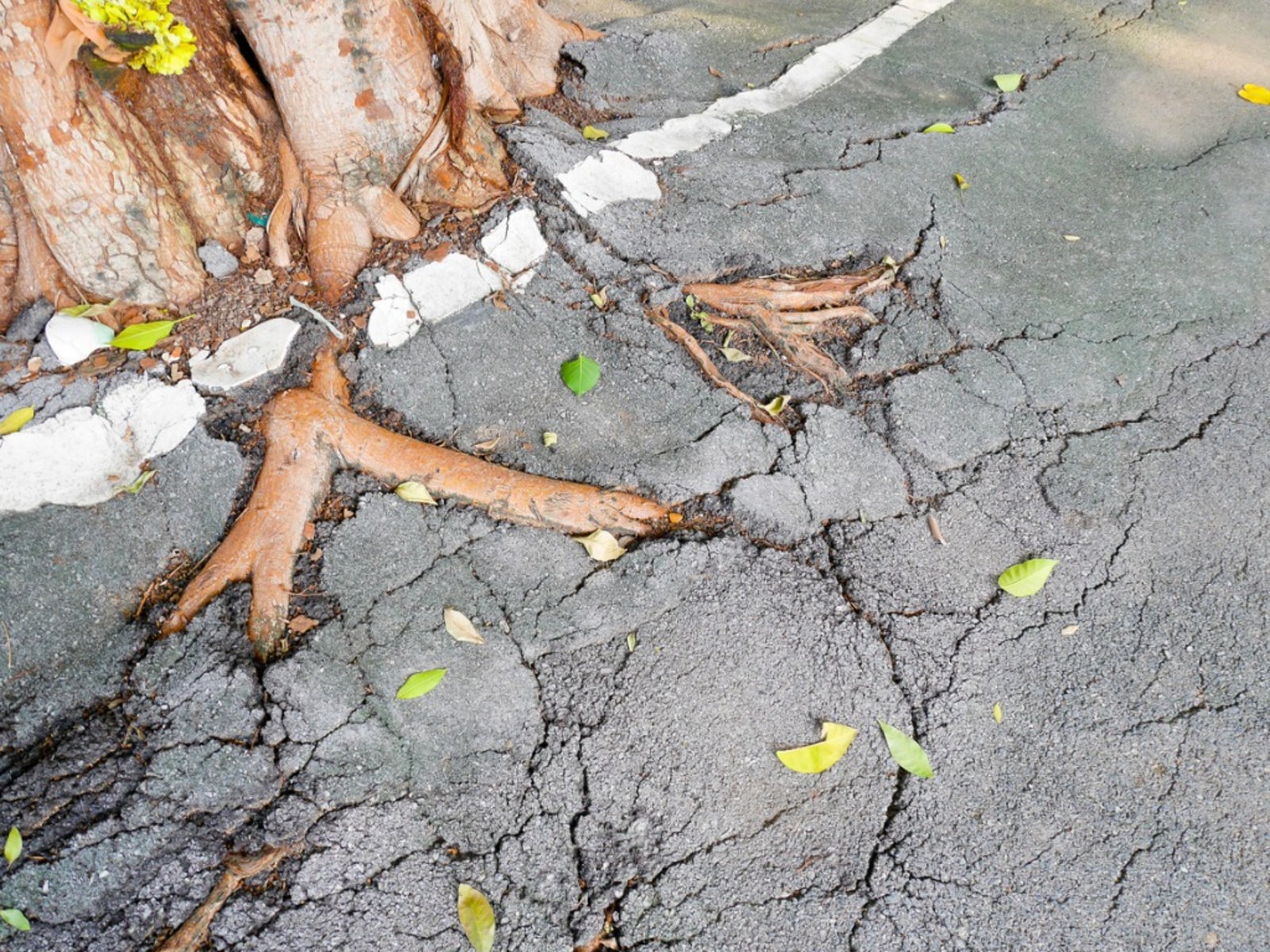


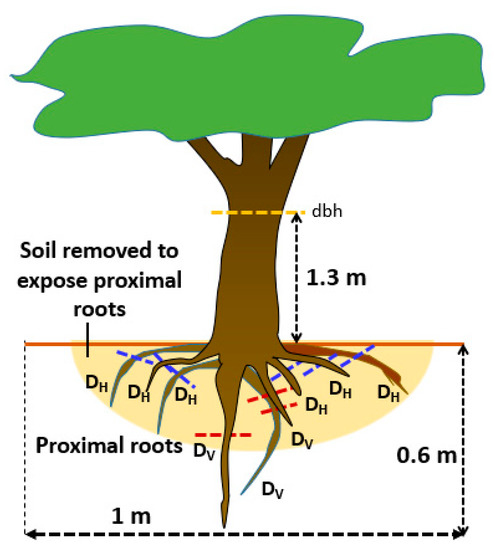


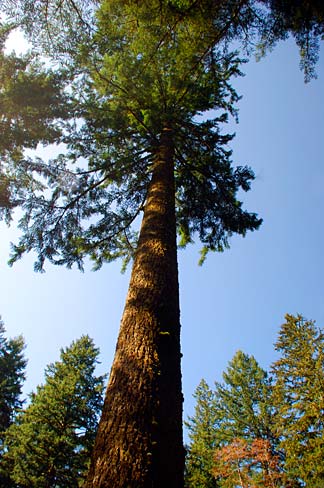


Post a Comment for "Fir Tree Root System"